Persepolis (Takht Jamshid) – History, Facts, and Travel Guide | Shiraz, Iran
Persepolis (Takht Jamshid) – The Glory of Ancient Persia
Persepolis or Takht-e Jamshid (the Throne of Jamshid) was the ceremonial capital of the Achaemenid Empire and located near Shiraz, Fars Province, Iran . Perspolis was founded by Darius I at the foot of Kuh-e Rahmat (Mountain of Mercy) in south-western Iran, 518 BC.It is located about 50 km northeast of city of Shiraz in Fars province.
Where Is Persepolis Located?
Persepolis, also known as Takht-e Jamshid (the Throne of Jamshid), was the ceremonial capital of the Achaemenid Empire. Specifically, it is situated near Shiraz in Fars Province, Iran, about 50 km northeast of Shiraz at the foot of Kuh-e Rahmat (Mountain of Mercy). Founded by Darius I in 518 BC, Persepolis occupies a strategic location that combines natural beauty and historical significance.
History of Persepolis
Indeed, Persepolis has been a unique archaeological site due to the historical importance and exceptional quality of its ruins. The complex was primarily built as a ceremonial center for royal receptions and festivals of the Achaemenid kings; however, it later became the administrative seat of the empire.
UNESCO recognized Persepolis as a World Heritage Site in 1979, highlighting its outstanding universal value. The site reflects ancient Persian culture, urban planning, and construction technology at its peak.
Architecture and Symbols
Moreover, the palace complex of Persepolis draws inspiration from Mesopotamian models and is elevated on a massive terrace. In particular, among its architectural marvels are
-
Apadana Palace, with grand halls used for royal receptions
-
additionally, the Throne Hall, also called “The Hundred-Column Hall”
Persepolis exemplifies ancient Persian art, urban planning, and architectural innovation, preserving the authenticity of original materials and designs. Restoration works have maintained careful coordination between modern technology and historical accuracy.
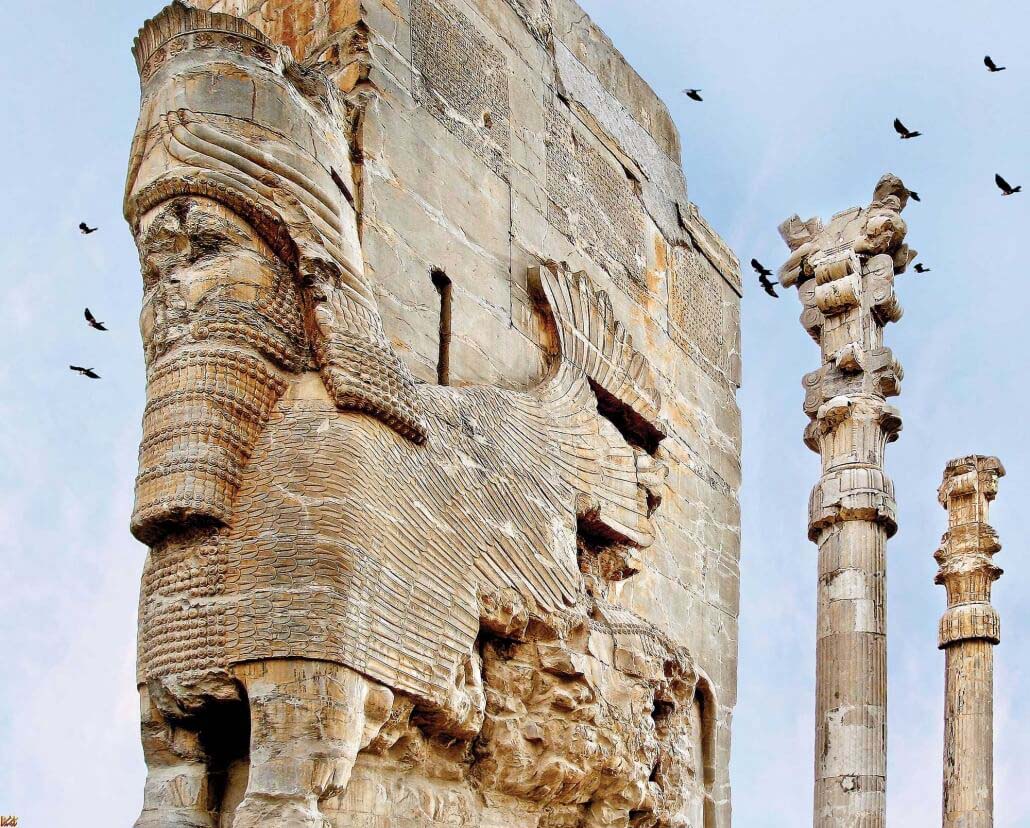
The Destruction of Persepolis
Persepolis faced destruction during the conquest of Alexander the Great. Despite the damage, its ruins still convey the grandeur of the Achaemenid Empire and the cultural significance of ancient Persia. The stone reliefs, stairways, and ceremonial halls remain a testament to its historical glory.
Visiting Persepolis Today (Opening Hours, Tickets, Map)
Currently, visitors can explore the terraces, palaces, and ceremonial halls of Persepolis. Key information for tourists:
-
Location: 50 km northeast of Shiraz, Fars Province
-
Opening Hours: 8:00 AM – 5:00 PM daily
-
Tickets: Available at the entrance
-
Map & Accessibility: Address of Persepolis
Additionally, visitors can also see Naghshe Rustam and Naghshe Rajab, nearby archaeological sites showcasing ancient tombs and rock inscriptions of Achaemenid kings.
Interesting Facts About Persepolis
-
Notably, Persepolis is one of the most ancient civilizations in the world.
-
Its palaces feature intricate stone reliefs and carvings.
-
The site was mainly ceremonial; however, it later served as the government seat of the Achaemenid Empire.
-
Persepolis remains a symbol of Persian cultural heritage and attracts thousands of tourists annually.
Naghshe Rustam & Naghshe Rajab
Located about 12 km northwest of Persepolis, Naghshe Rustam is an ancient necropolis containing the tombs of powerful Persian kings: Darius the Great, Xerxes I, Artaxerxes I, and Darius II. The site also houses a Zoroastrian fire temple, the Cube of Zoroaster.
Naghshe Rajab, less than 1 km away, features four limestone rock inscriptions. Both sites are part of the Marvdasht cultural complex and candidates for UNESCO World Heritage recognition.
Pasargadae
Pasargadae, located about 140 km northeast of Shiraz, was the first capital of the Achaemenid Empire. Founded by Cyrus the Great, the site includes:
-
Tomb of Cyrus the Great
-
Tall-e Takht fortress
-
Remains of royal palaces and gardens
The Four Gardens (Chahar Bagh) layout in Pasargadae influenced Western Asian architecture. UNESCO listed Pasargadae as a World Heritage Site in 2004.
Vipemo Featured Products
-
Firooze Koobi, Firooze Koobi, Jug
Sake Jug – Turquoise Inlaying – Size 2
Original price was: 1.524,00 €.1.200,00 €Current price is: 1.200,00 €. -
Candy Dish, Firooze Koobi, Nut Bowl Dish, Sugar/Candy Pot
Candy/Nuts Bowl Dish – Size 7
Original price was: 1.500,00 €.1.300,00 €Current price is: 1.300,00 €. -
-
-
-


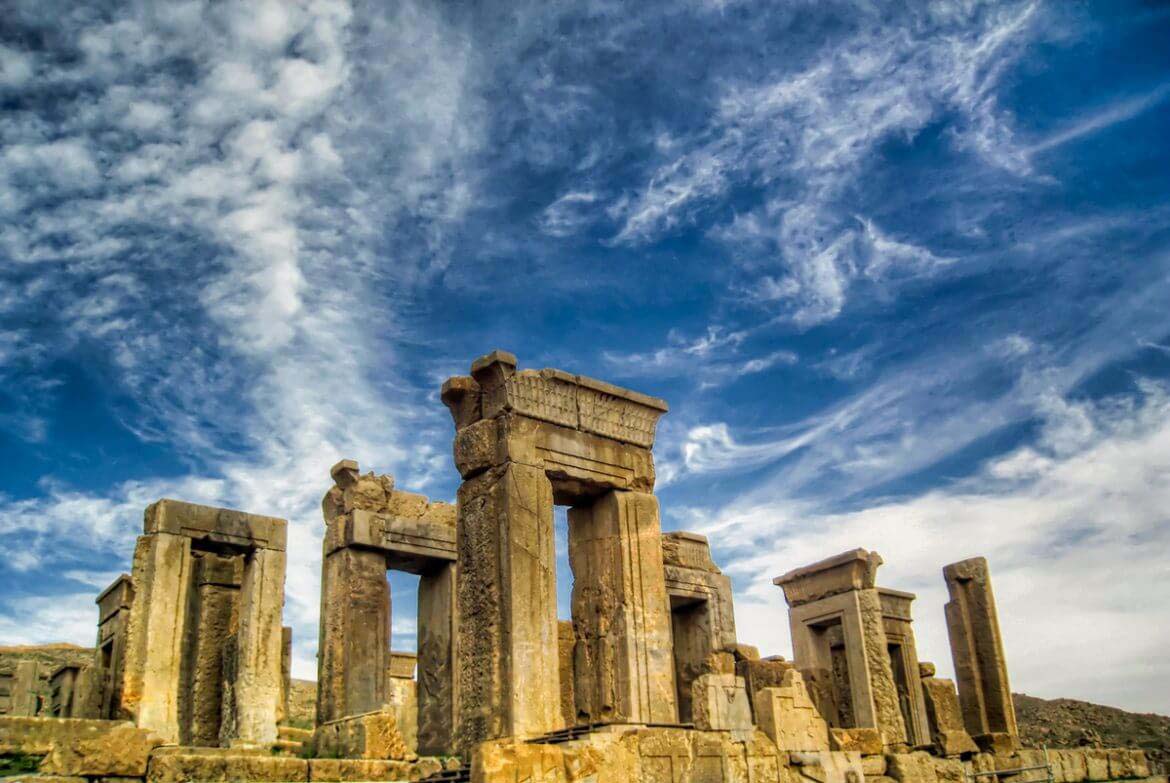

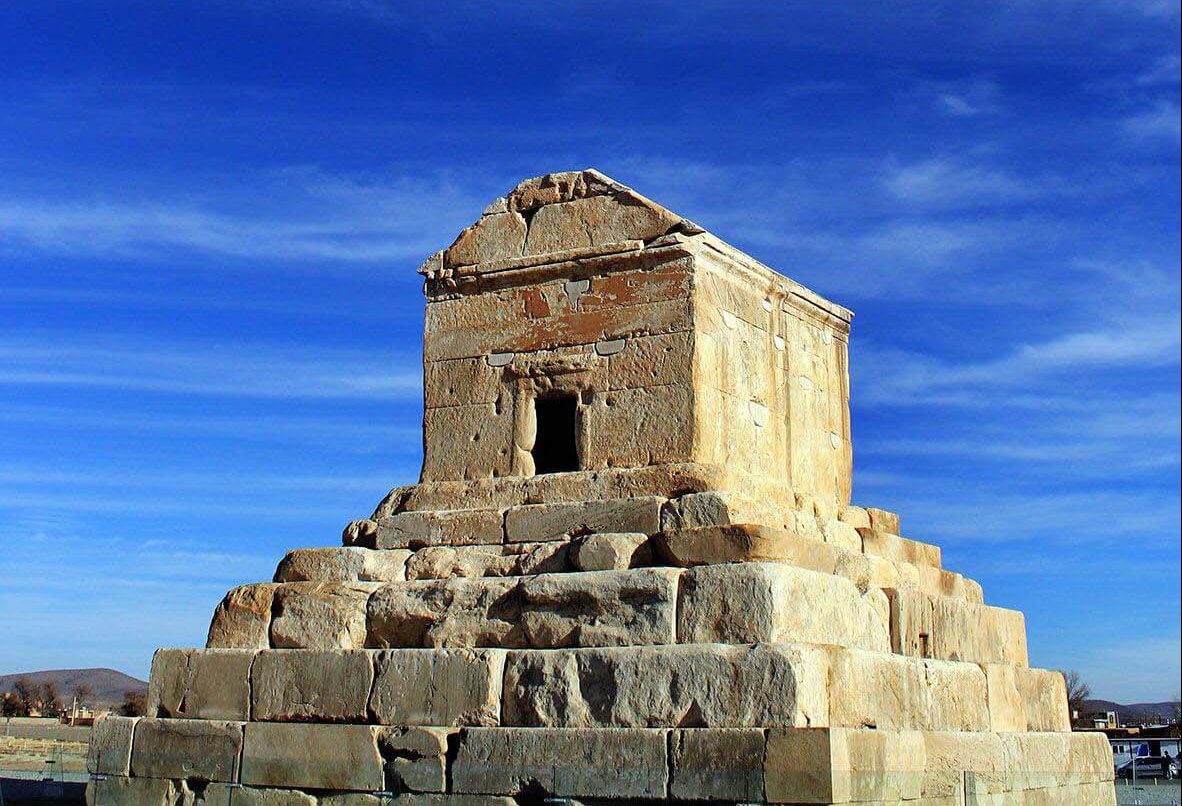
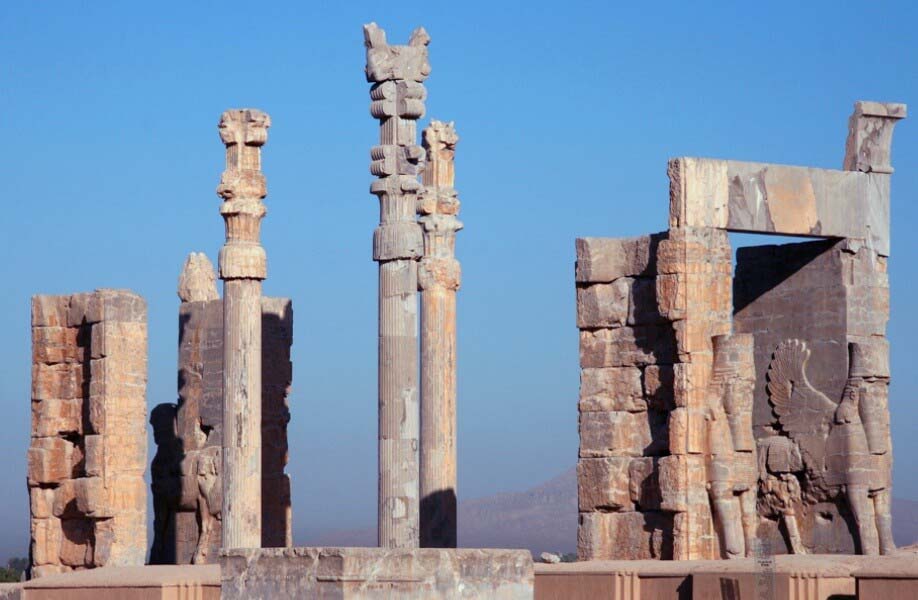
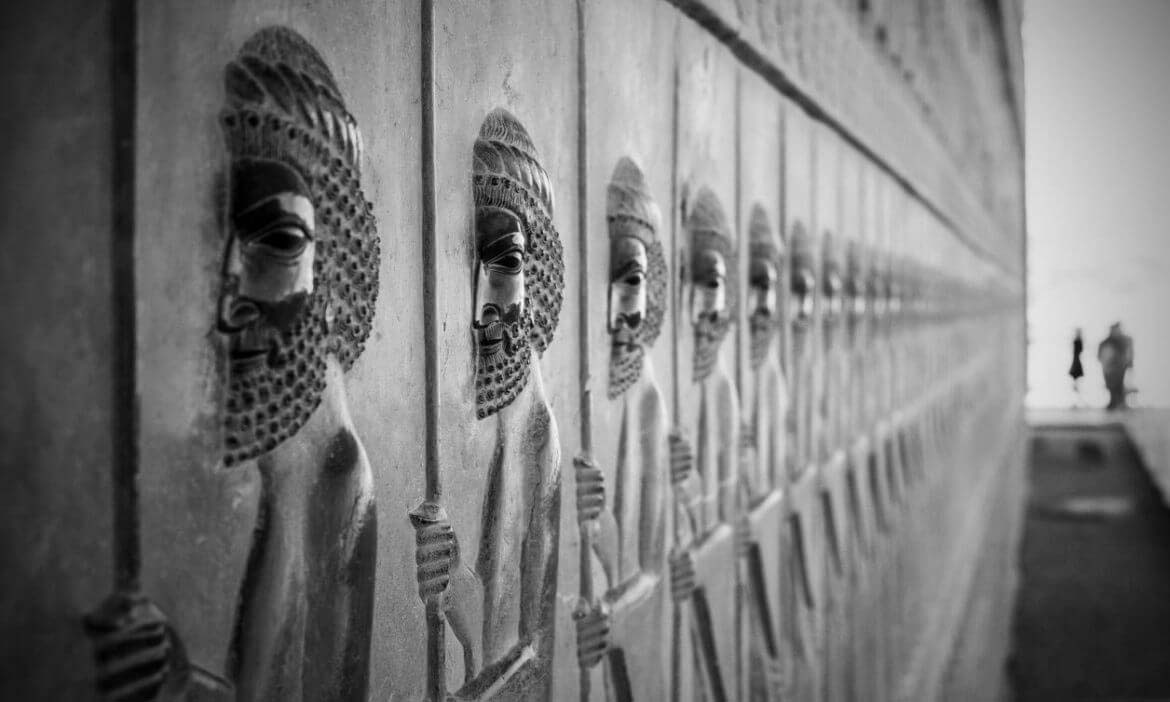
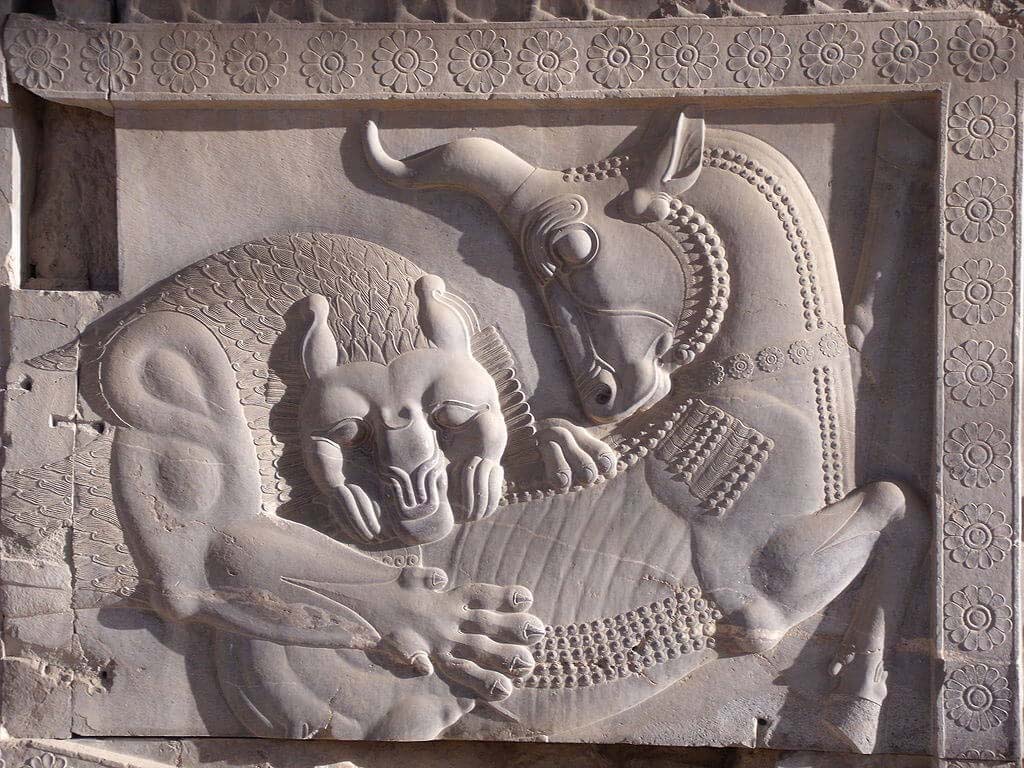
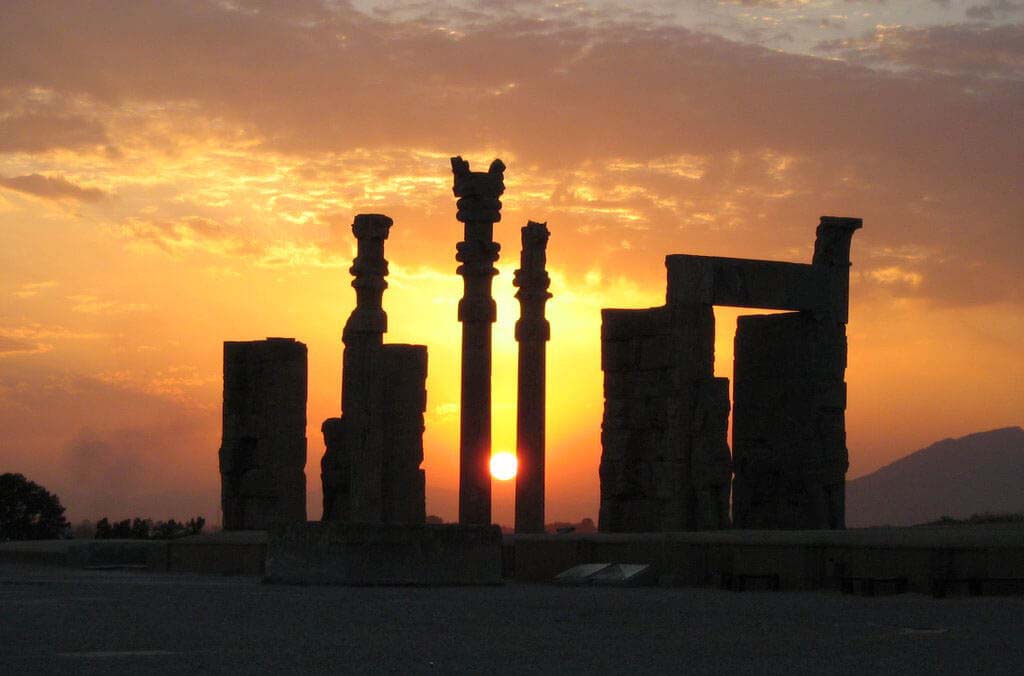
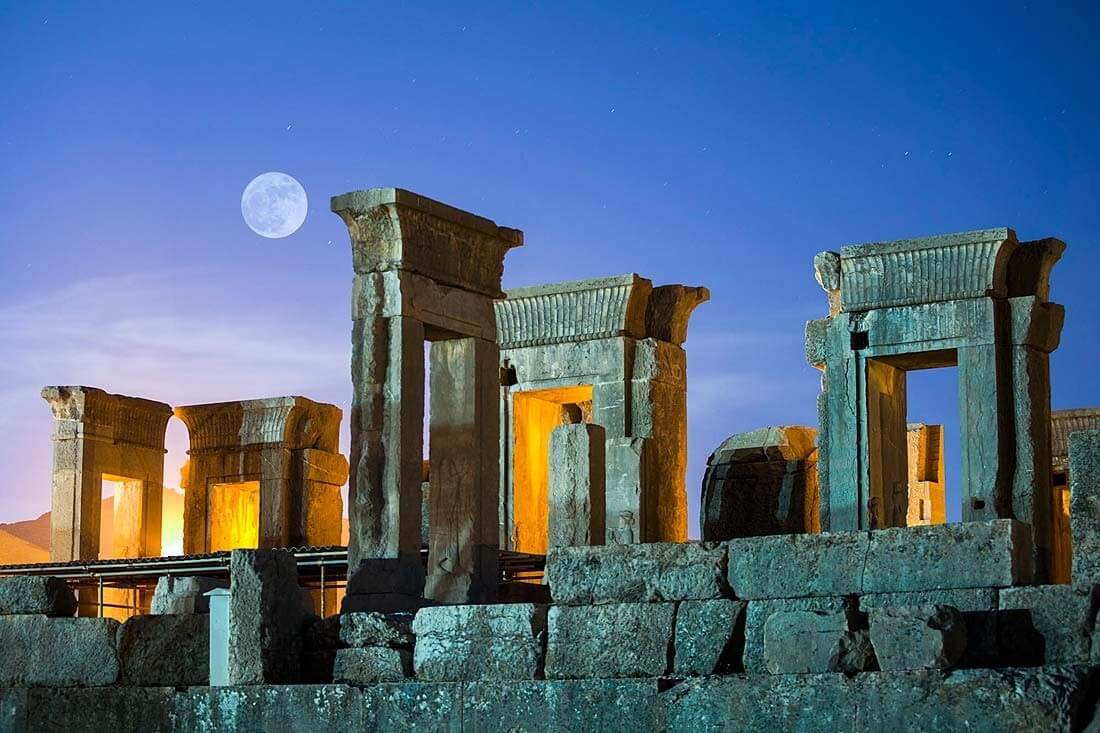
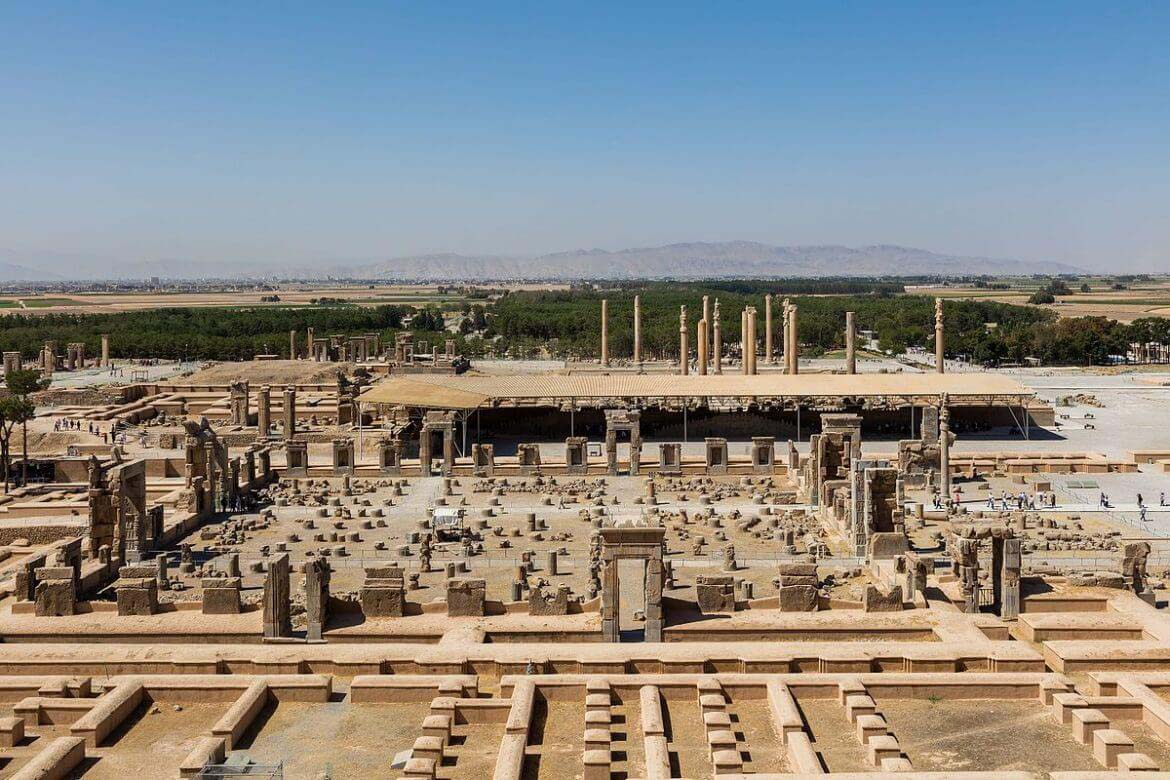
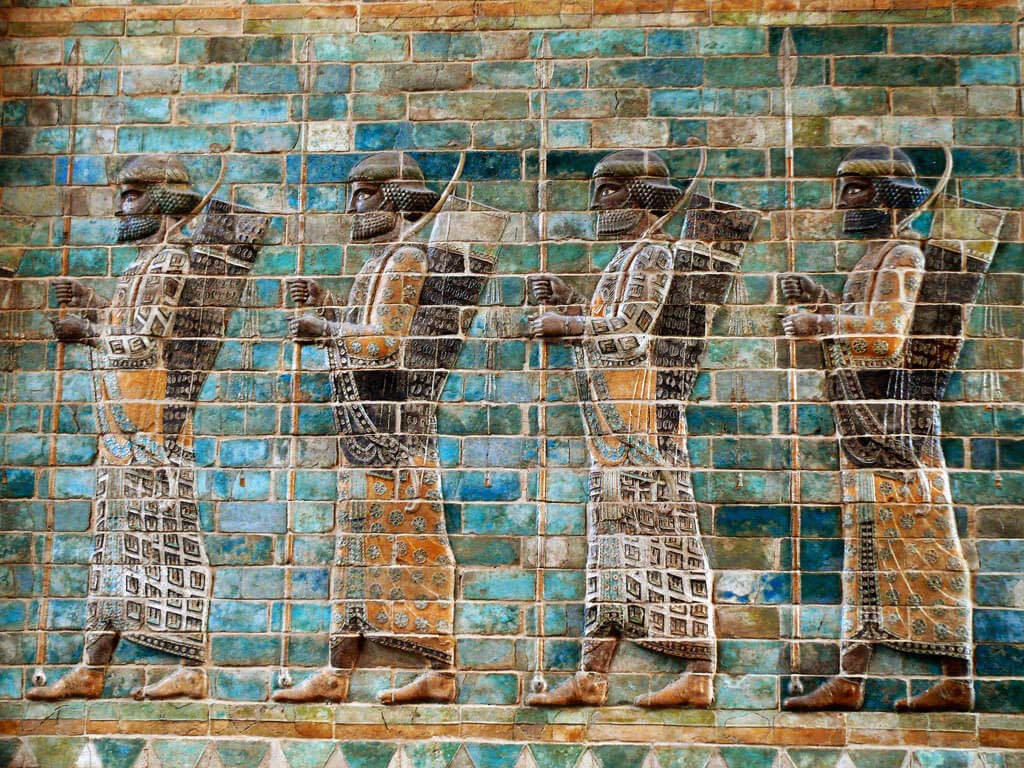
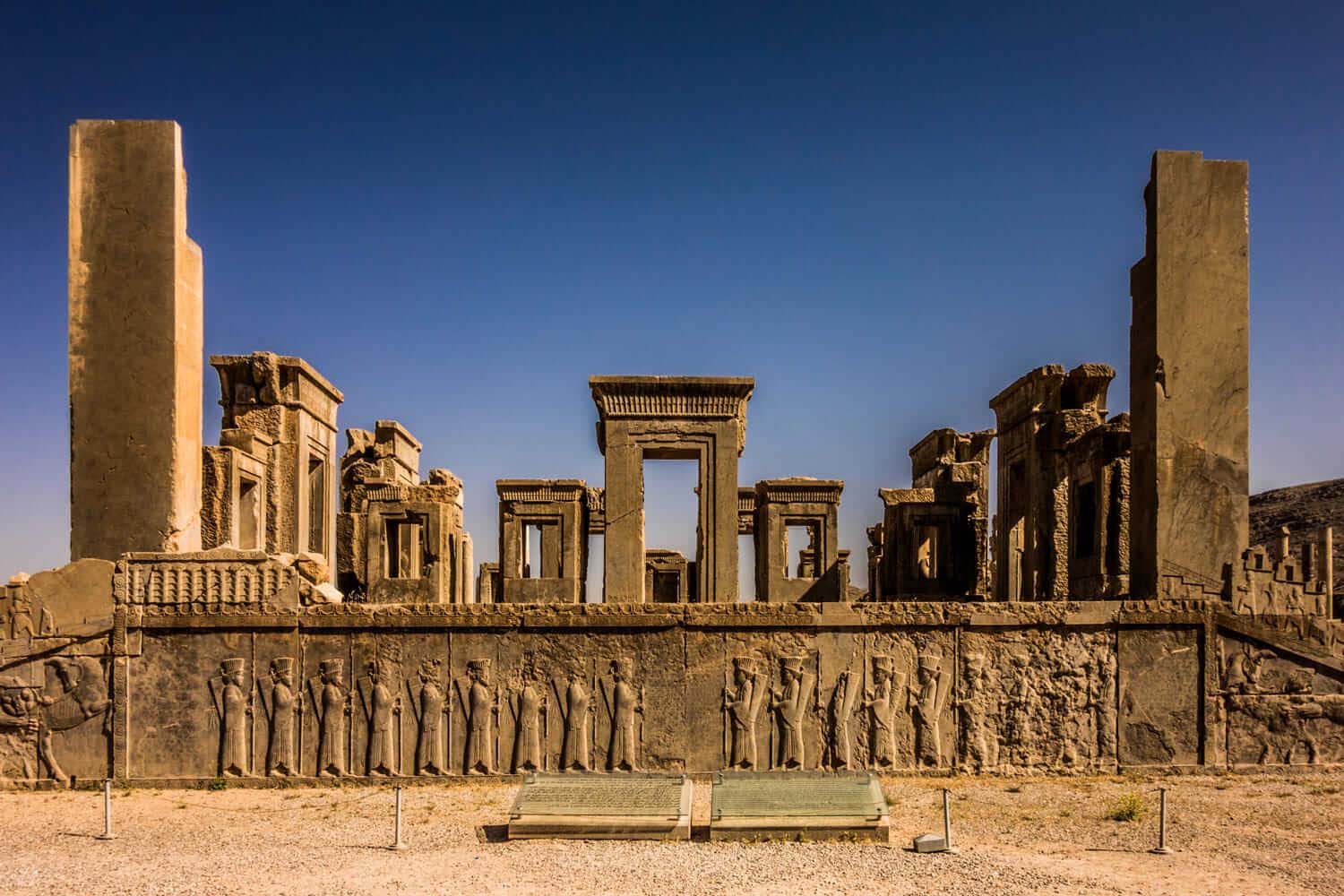
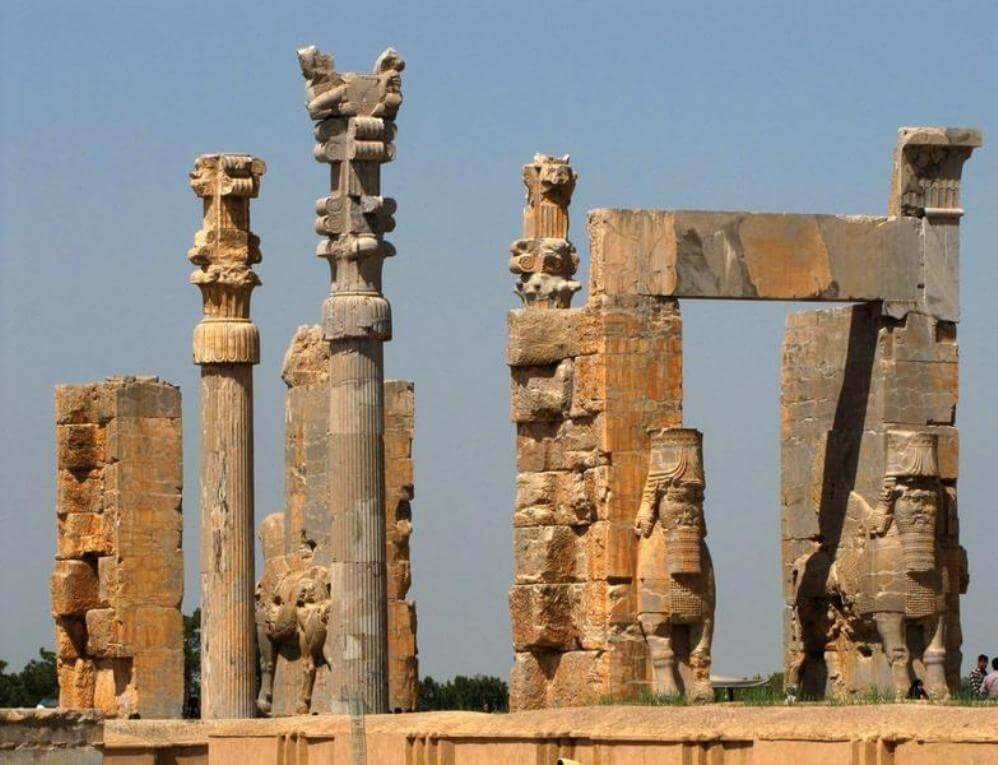
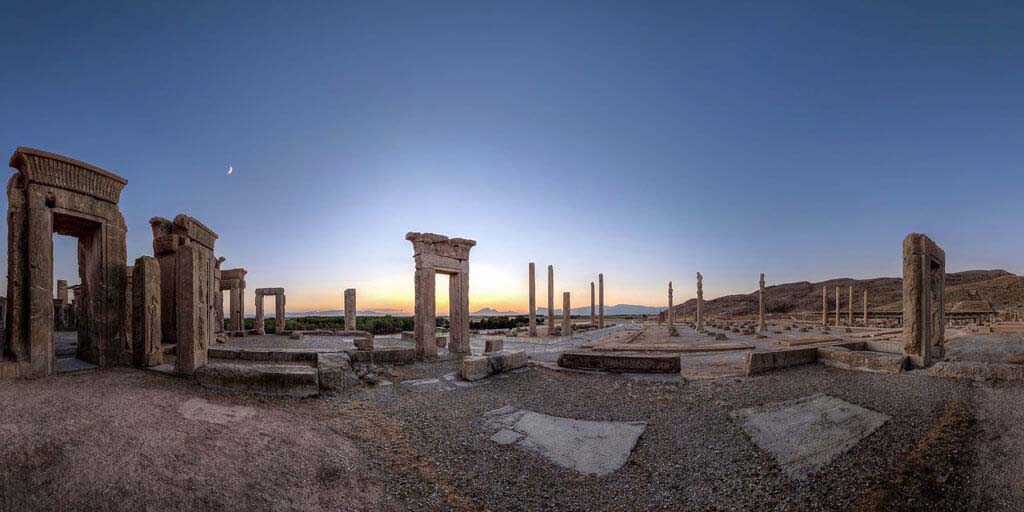
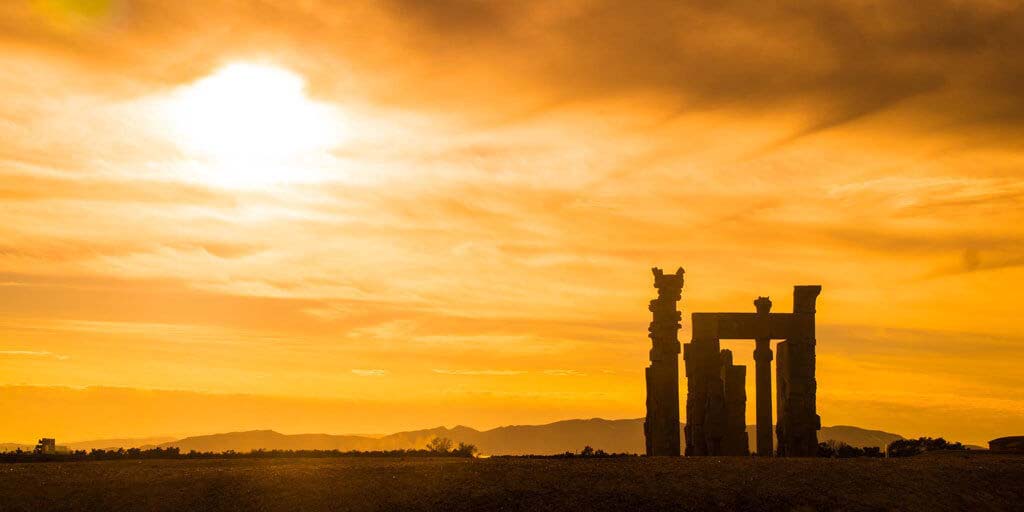
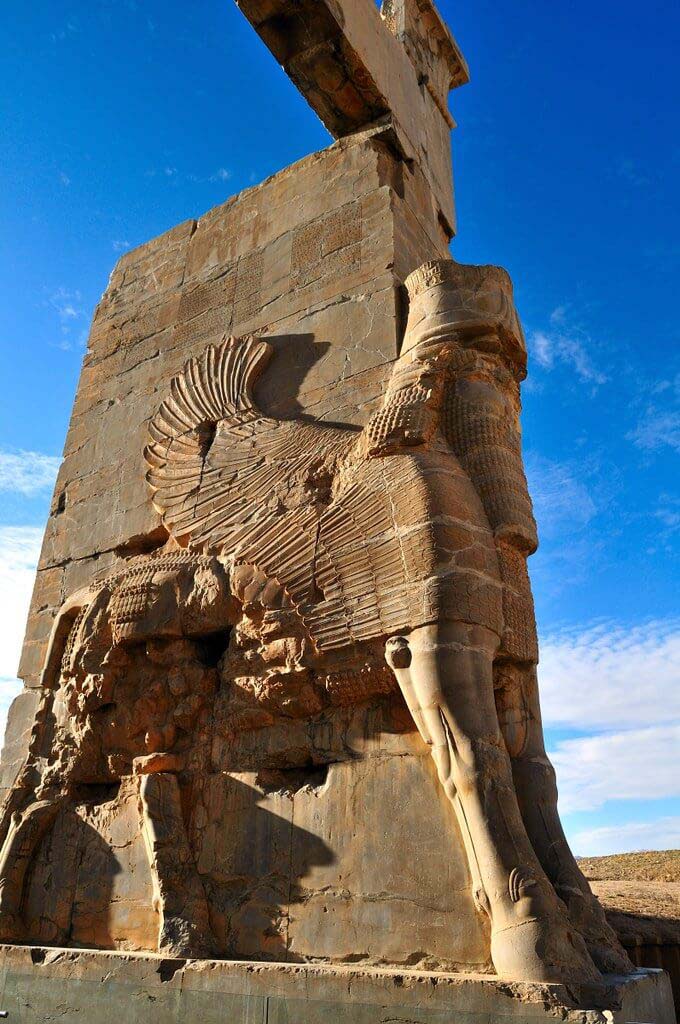
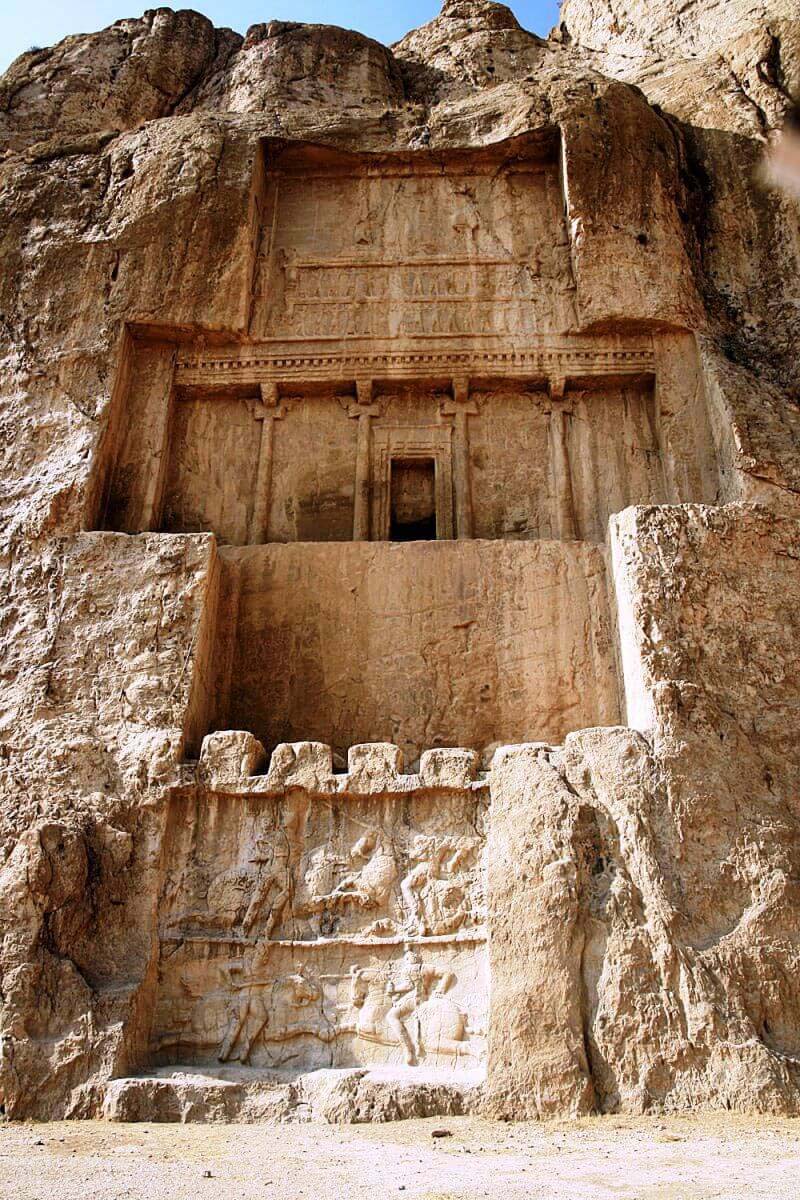
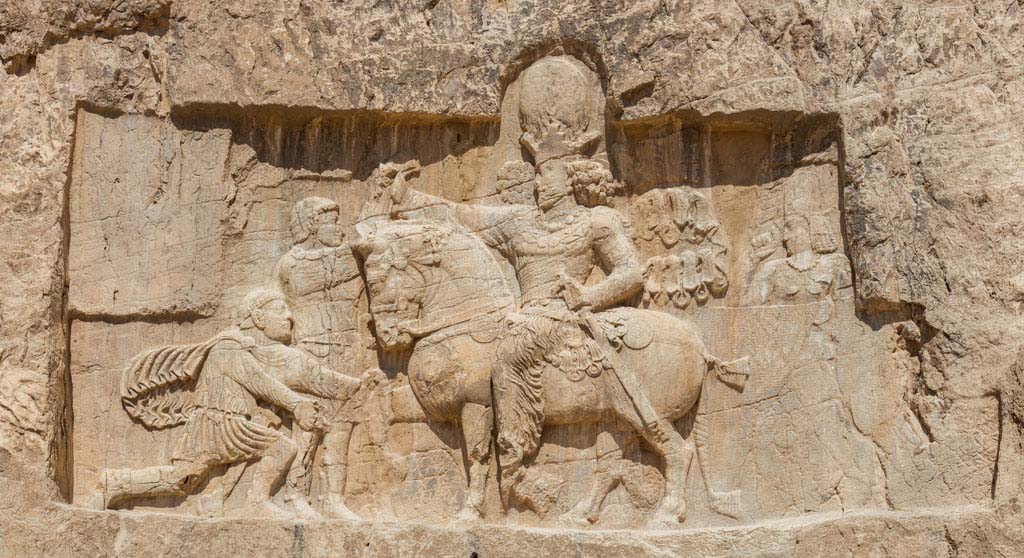
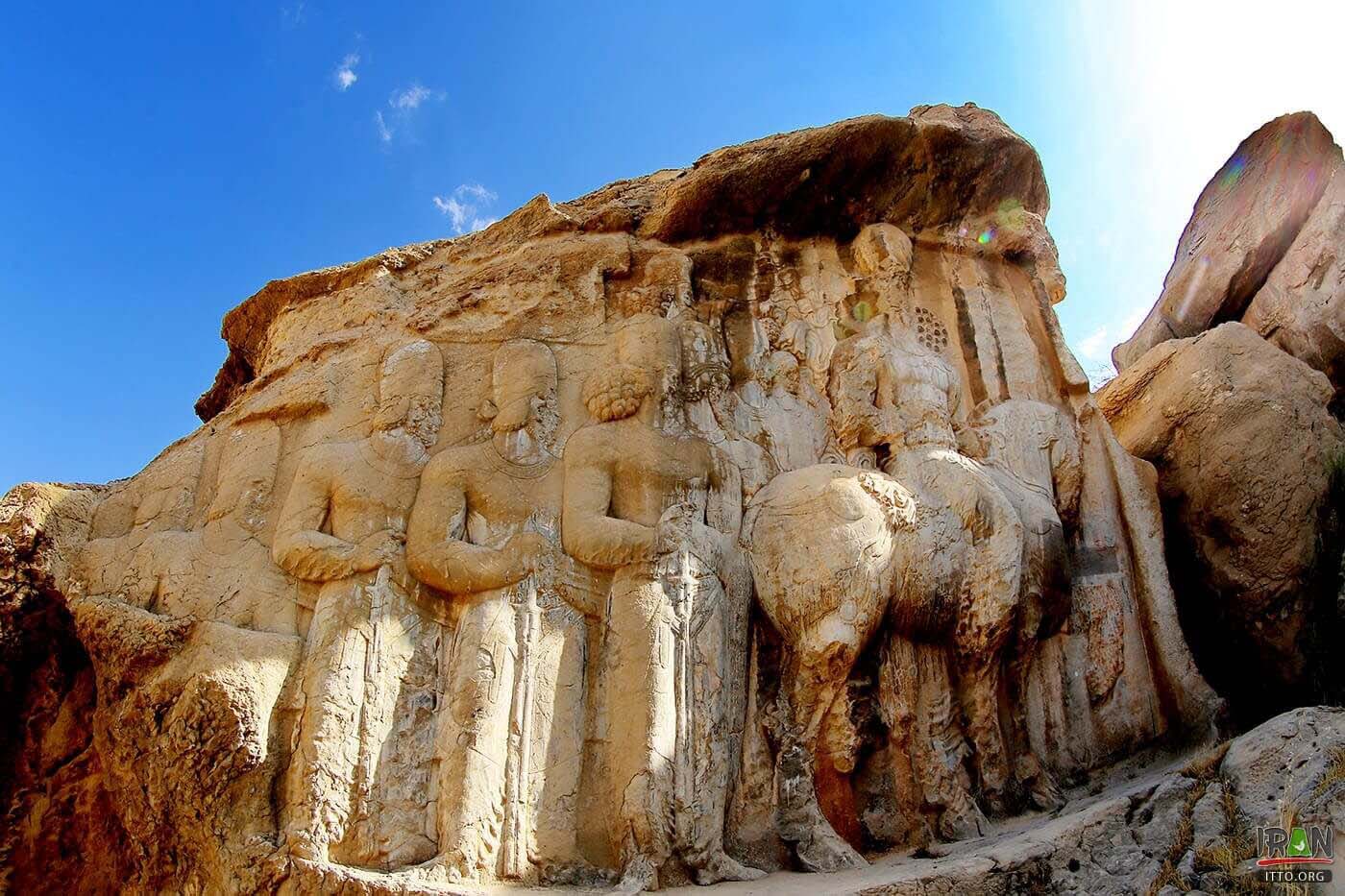




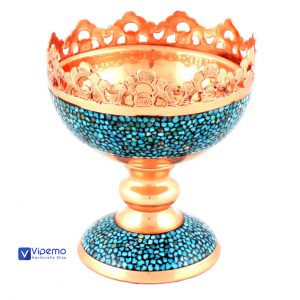
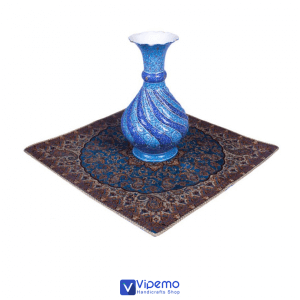





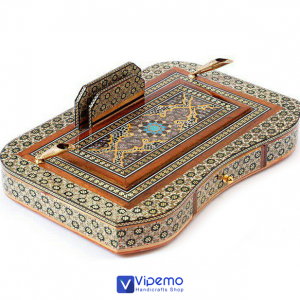
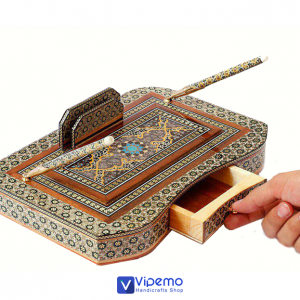


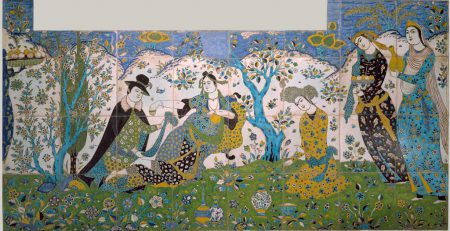
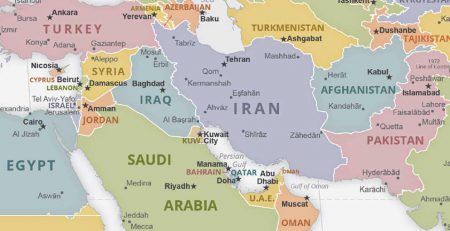
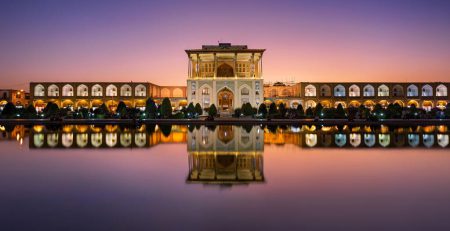
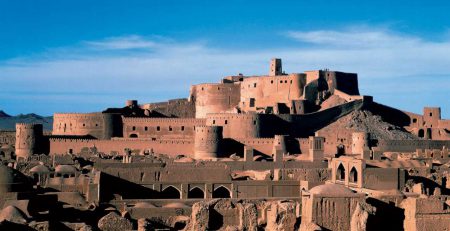
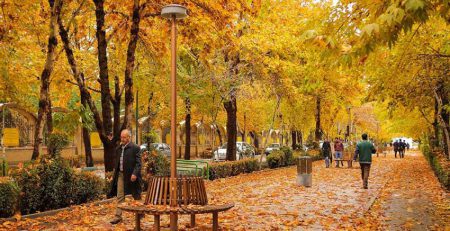
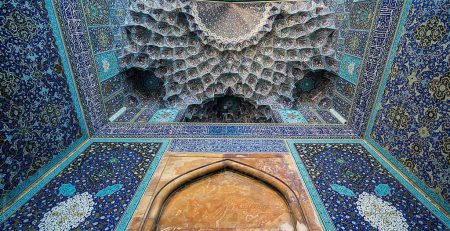
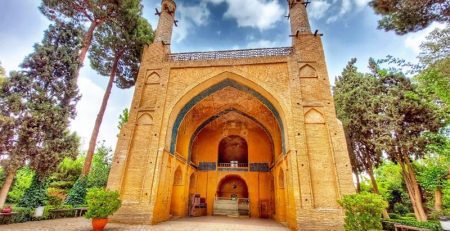
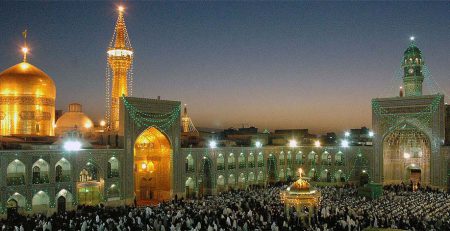
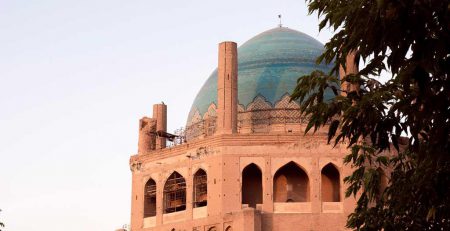

Comment (1)
[…] Ruins of the magnificent Achaemenid capital. Read More […]